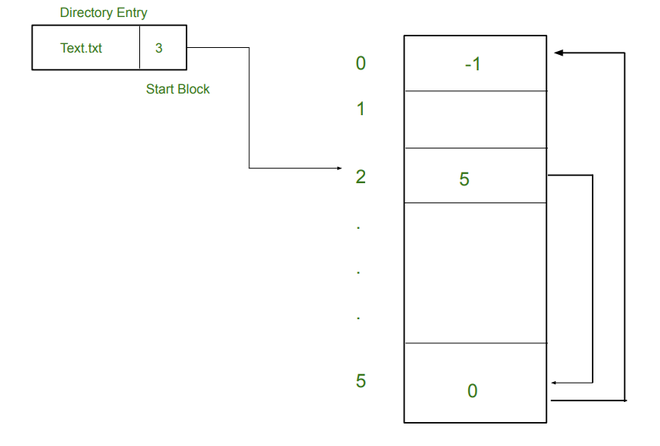OS File System Architecture
Last Updated :
14 Feb, 2024
An operating system (OS) is software that manages computer hardware and software resources and provides related services to computers. It acts as an intermediary between applications and computer hardware.
What is a Document System?
A file system is a method that helps in organizing and managing data on different storage devices, such as a hard drive or pen drive. File systems also provide efficient access to users where they can enable disks for easy data storage, location, and recovery. Most operating systems use a layer for each task, including file systems. Each layer of the archive system is responsible for specific functions.
File-System Structure
- File Structure
– Logical storage unit
– Collection of related Information
- File System in the storage unit
- The file system is organized into layers
The File System Structure refers to how the files and directories are organized and stored on the physical storage device. This includes the layout of file system data structure such as Directory structure, file allocation table, and inodes. To Provide efficient and convenient access to the files on the disk, OS imposes one or more file Systems to allow the data to be stored, located, and retrieved easily.
Layered File System
The image describes how the file system is divided into different layers and also the functionality of each layer. When an application requests information, the first request is sent to the information source, which contains metadata for the data and structure. The hard drive is divided into many parts and sectors, and the installation file module determines which physical block the application needs. The overall data is divided into several logical blocks. Data is stored on and retrieved from the hard drive. The hard drive is divided into many parts and sectors and is also responsible for managing free space.

When the installation file module determines which physical block the application needs, it passes this information to the underlying file. The main file is responsible for issuing commands to the I/O controller to retrieve these blocks. The I/O control has access rights to the hard disk. These numbers are called drivers. I/O management is also responsible for interrupts. Unix uses the Unix File System (UFS). Windows series supports FAT, FAT32 and N-TFS.
FAT ( File Allocation Table )
File Allocation Table is a file created by Microsoft to support small disks and simple formats. The file system, called a partition table, uses a table to keep track of the volume’s heaps. FAT is used to overcome the shortcomings of mounting partition names and has slightly faster access.
FAT The system creates an index table for data stored on the device or system.
- The index table contains the entry data (data stored in the local area) for each data.
- The operating system searches for the group number of each extension of the file until it reaches the end.
- It supports a maximum volume of 4 GB.

Inode
Inode is a file structure in the UNIX operating system that contains important information about the files in the file. When a file system is created in UNIX, a certain number of indos are also created. Usually about 1% of the file system’s disk space is allocated to the inode table.

Frequently Asked Questions on File System Architecture – FAQs
What are different types of File Systems?
A file system is a way of organizing and managing data on a storage device such as a hard drive, pen drive, or SSD. There are many types of information systems, each with their own unique features and each compatible with different operating systems. Here are some of the filing procedures:
1. FAT (File Allocation Table): FAT12, FAT16, FAT32 File Allocation Table is a file created by Microsoft to support small disks and simple folder structure. This file, called the partition table, uses the table to keep track of the volume’s heaps. FAT32 is used for large partitions.
2. NTFS (New Technology File System): Developed by Microsoft, NTFS is more reliable and advanced than FAT. Because it supports features such as encryption, compression, disk quotas. For use with modern Windows operating systems.
3. exFAT (Extended File Allocation Table): This file is optimized for flash memory devices such as USB flash drives and SD cards. NFTS is not suitable for such operations, so exFAT is better.
4. HFS (Hierarchical File System): Can refer to tree-like groups of files and folders, or HFS, which is the file system used by MacOS.
5. ReFs (Resilient File System): The latest file system designed for elastic, high-throughput data availability in big data environments.
What is the main purpose of studying Operating system?
1. Productivity: The ability to use the computer effectively.
2. Convenience: Make sure the computer system is easy to use.
3. Virtualization: Supports shared resources by providing versatile visibility of non-shared resources.
4. System access: solving the contention problem. Protect access to resources and information.
Difference between HFS and HFS+ ?
HFS+ is an upgrade of HFS and the data is better than the previous version. HFS+ is known as the MacOS extension. For large drives, HFS+ provides better space management than HFS. Since HFS+ comes from UNIX but is not yet used on UNIX.
Share your thoughts in the comments
Please Login to comment...